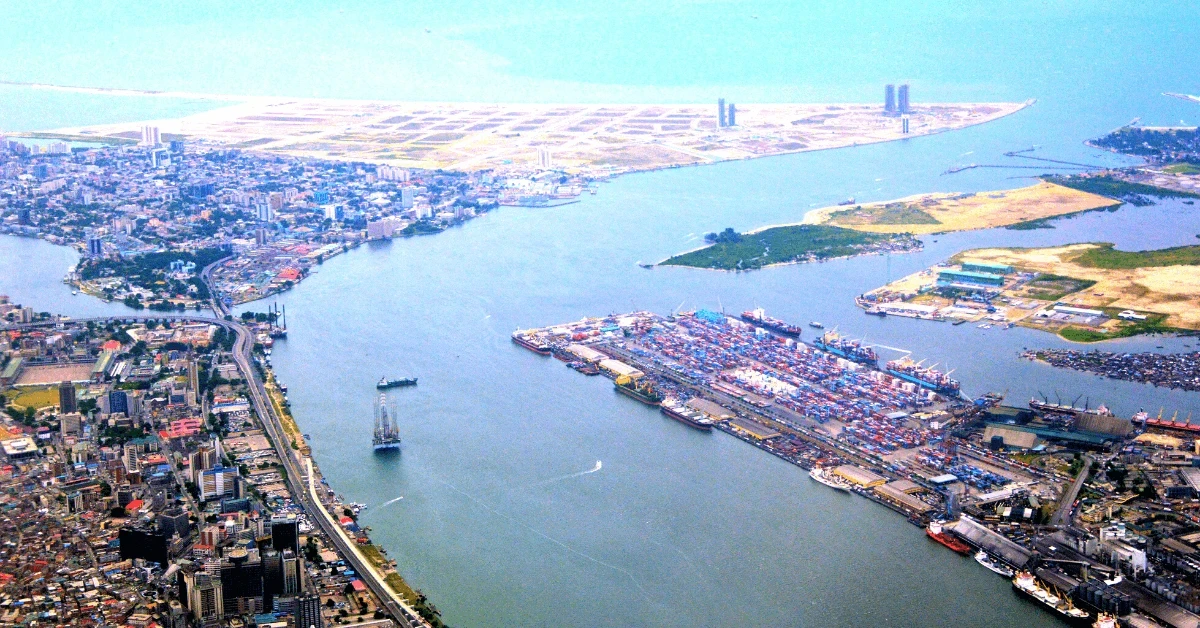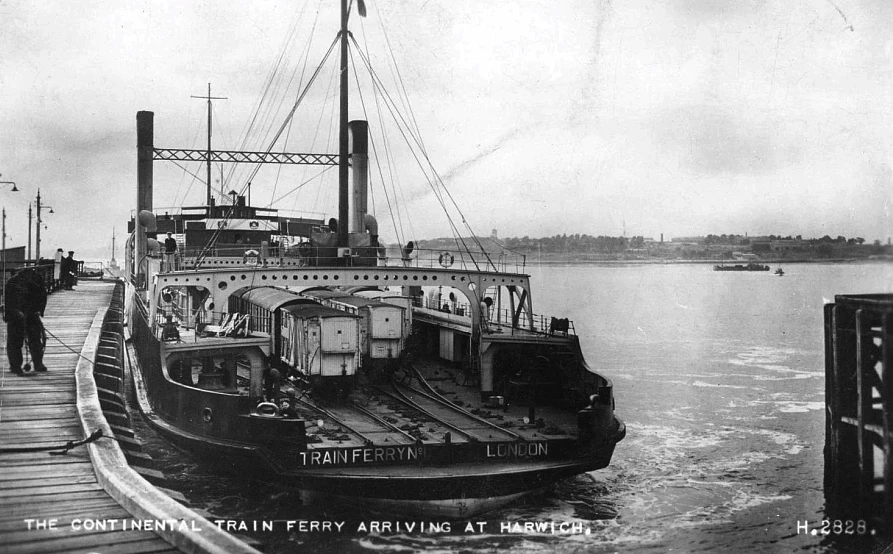Guide
Understanding Shipping Volume and Calculating Freight Costs
Most shipments of large assets such as dump trucks are priced based on volume.
Shipping volume is a key factor in calculating freight costs for goods transported internationally. Two primary concepts—Cubic Meter (CBM) and Weight or Measure (W/M)—determine how shipping charges are assessed. Understanding these terms can help businesses optimize their logistics and manage costs effectively.
What Is a Cubic Meter?
A cubic meter (CBM) is a standard unit of volume used in shipping to measure the space occupied by goods. It is calculated by multiplying the length, width, and height of the cargo in meters. For instance, a box measuring 2 meters by 1 meter by 0.5 meters has a volume of 1 CBM.
Weight or Measure (W/M) Explained
Shipping costs are often determined using the concept of Weight or Measure (W/M), which means carriers charge based on either the cargo’s weight or its volume, whichever is greater.
Weight: Measured in kilograms or metric tons.
Measure: Expressed in CBM.
If 1 CBM corresponds to a weight threshold (e.g., 1,000 kg), and your cargo exceeds this density, charges are based on weight. Otherwise, volume determines the cost. \
For example, an item measuring 2 CBM but weighing 3000 KG will be charged based on the weight. But an item measuring 2 CBM and weighing 1000 KG will be charged based on the volume (CBM).
Why Does It Matter?
Efficient packaging can reduce costs by minimizing volume without increasing weight excessively. Additionally, understanding the W/M ratio helps businesses negotiate better shipping terms and choose appropriate carriers.
Calculating shipping volume accurately and understanding W/M ensures fair pricing and smooth logistics. Partnering with an experienced freight forwarder like ROROQuotes can help streamline this process and avoid costly surprises.


